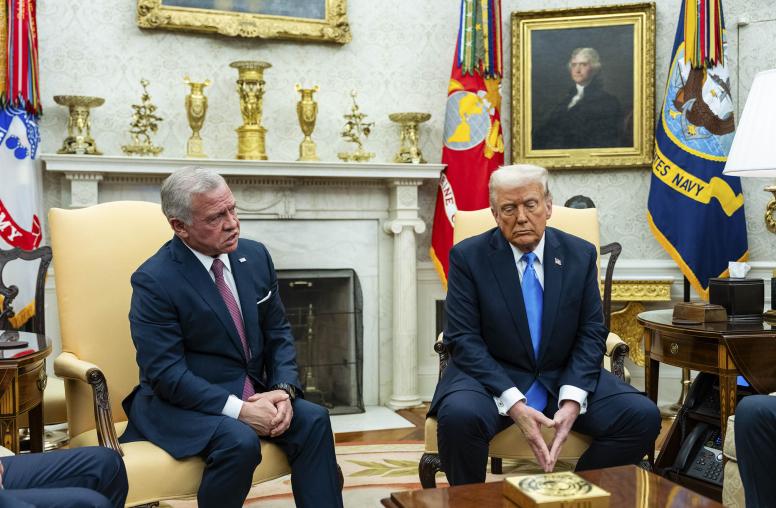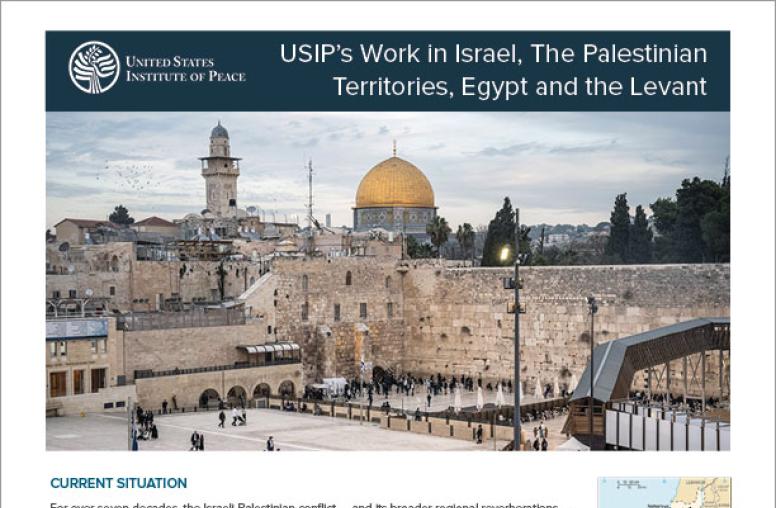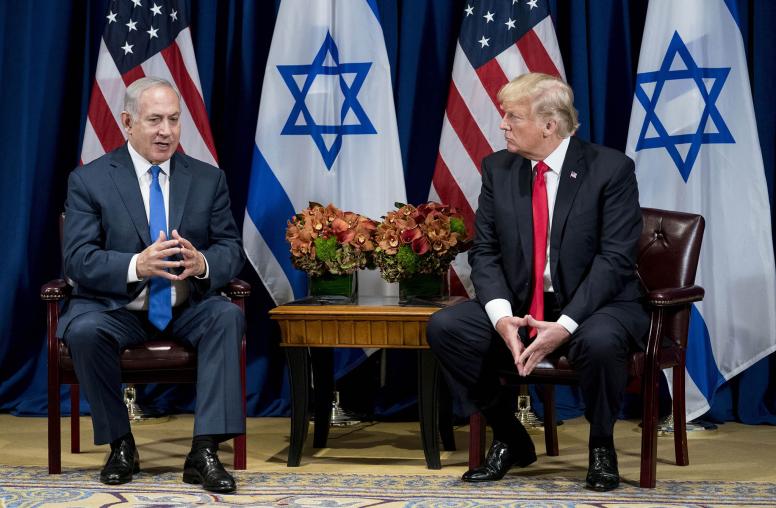Biden’s Implicit Warning to Israelis and Palestinians
The administration’s call for equal measures of freedom, security, dignity and prosperity isn’t just an aspirational statement.
As a new government takes power in Israel, questions emerge about its collective ability and will to move the needle in a constructive direction on the ongoing occupation and the Israeli-Palestinian conflict. The narrow coalition, spanning a broad political and ideological spectrum, consists of avowed opponents of a Palestinian state — Prime Minister Naftali Bennett among them — alongside staunch advocates for the two-state solution. The governing coalition also assumes its role in a divided society on several fronts following 12 consecutive years with Prime Minister Benjamin Netanyahu at the helm.

During that time, Netanyahu equivocated on willingness to pursue a two-state solution, and pursued policies and emboldened parties that promote settlements on land deemed subject to final status negotiation under the Oslo Accords. Combined with provocations in Jerusalem; ongoing Palestinian division and dysfunction and an emboldened Hamas; pessimistic publics; and the overhang of a failed round of 2013-14 final status negotiations, the path to the Biden administration’s preferred two-state solution is strewn with obstacles.
Against this backdrop, the Biden administration’s refrain that Israelis and Palestinians deserve “equal measures of security, freedom, opportunity, and dignity” puts the emphasis on aspirations for the Israeli and Palestinian people, rather than their governments, and serves as a marker in the sand to Israeli and Palestinian leadership of what the administration will not tolerate. It is also a signal of the values underpinning its two-state objective and animating its statements and actions to date, whether on restoring Palestinian aid, reopening a consulate, warning against evictions in East Jerusalem or insisting on a commitment to Israel’s security.
For those seeking to divine what this means for a policy approach, it is worth noting that this administration entered office with a two-fold goal toward this conflict:
- Reestablishing positions previously considered fundamental to a sustainable solution, following predecessor policies that President Joe Biden has described as “undercutting” peace; and
- Not being consumed by the conflict or sidetracked from what it deems more pressing priorities.
Therefore, while there are bolder steps the administration could choose to take to promote these values — aimed at stopping creeping annexation, expanding Palestinian Authority (PA) jurisdiction, securing Palestinian governance reform and preventing and addressing incitement and violence within both societies — in the absence of appetite for such a proactive approach, the administration is minimally signaling there are actions for which the parties may expect a strong reaction. This is neither a detailed policy nor a roadmap for final status conflict resolution. However, with a new Israeli government intent on holding together across deep divisions and ensuring a strong bipartisan relationship with the United States, and PA leadership eager to restore relations with the Washington after the disintegration of the past four years, the implicit warning and stated aspiration may work to minimally check bad behaviors, if not prompt forward-leaning gestures by the parties that are sympathetic with these broadly stated U.S. goals.
This article was originally published by the Middle East Institute.



